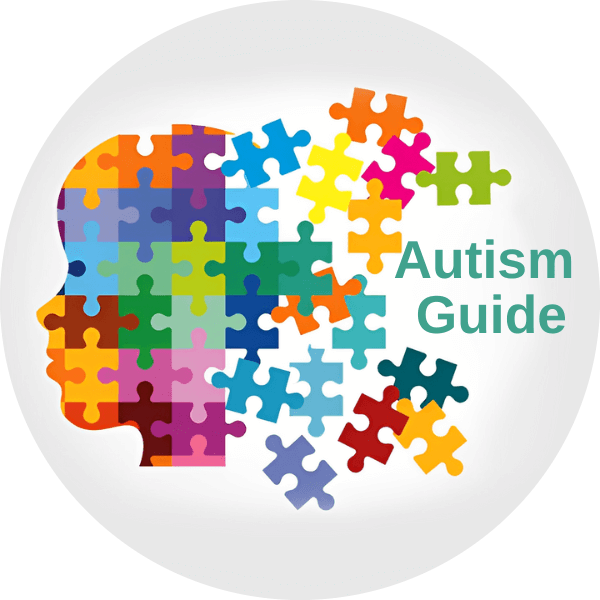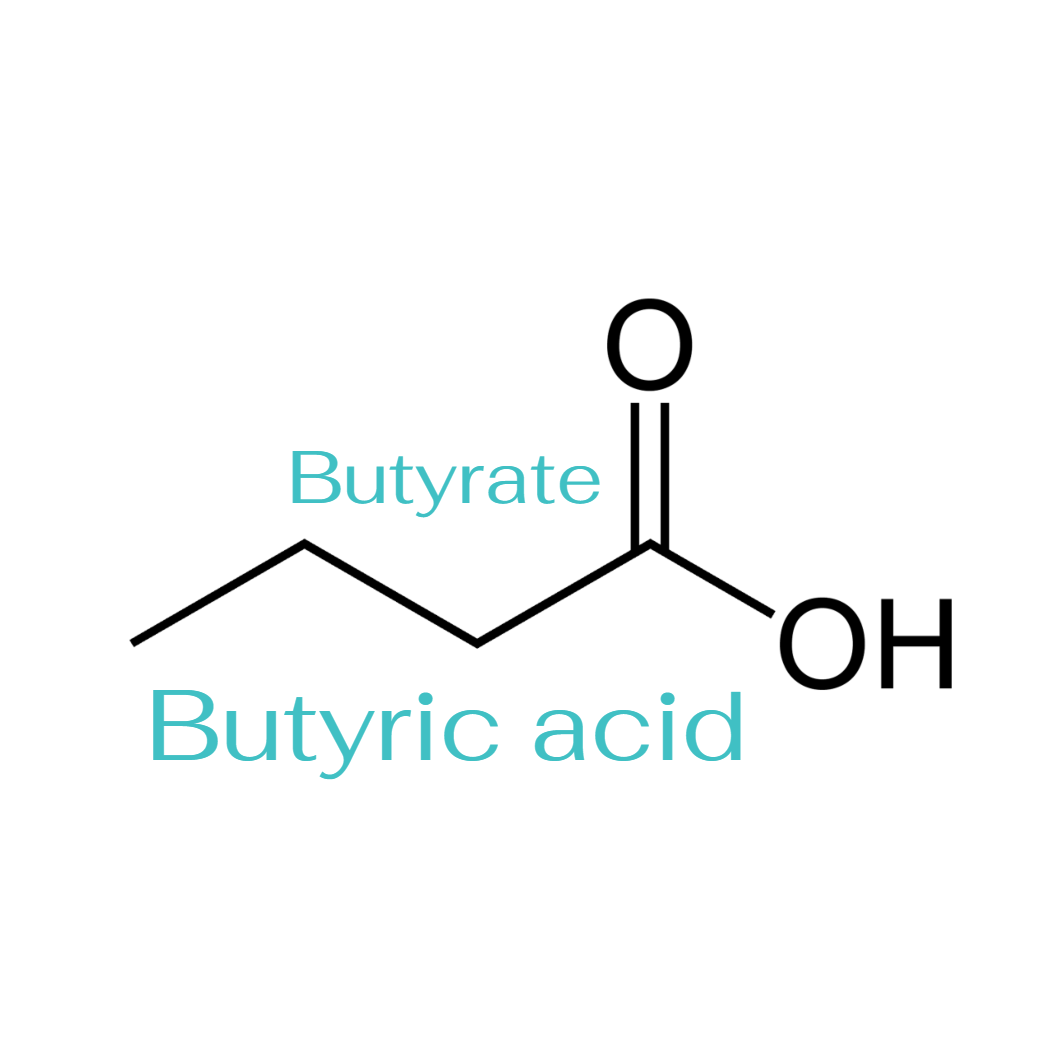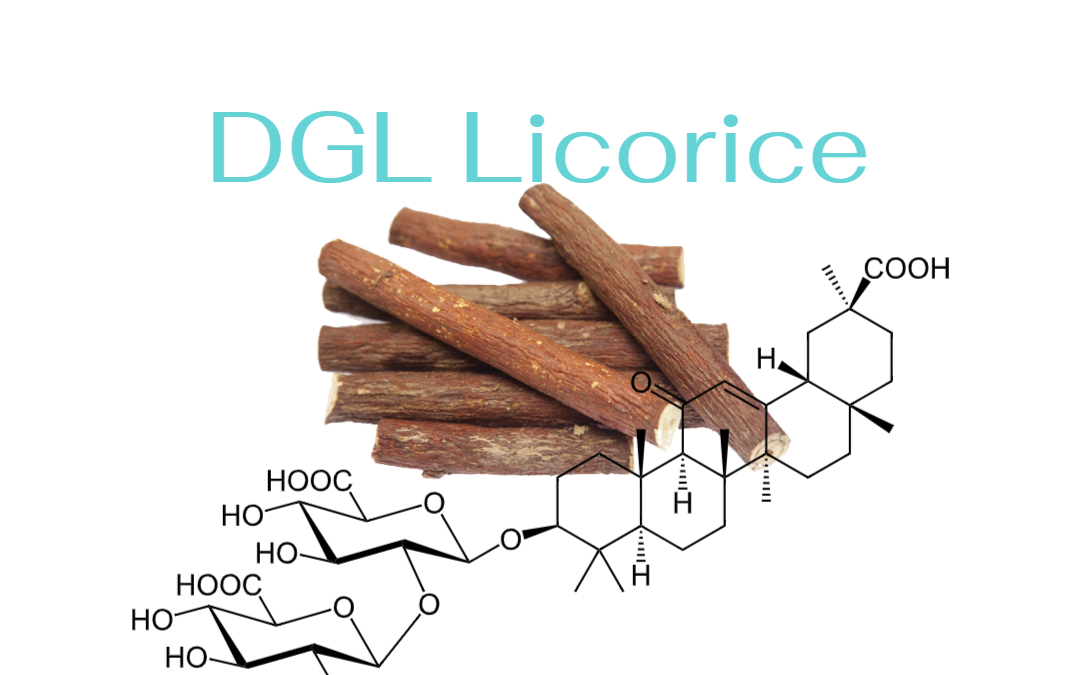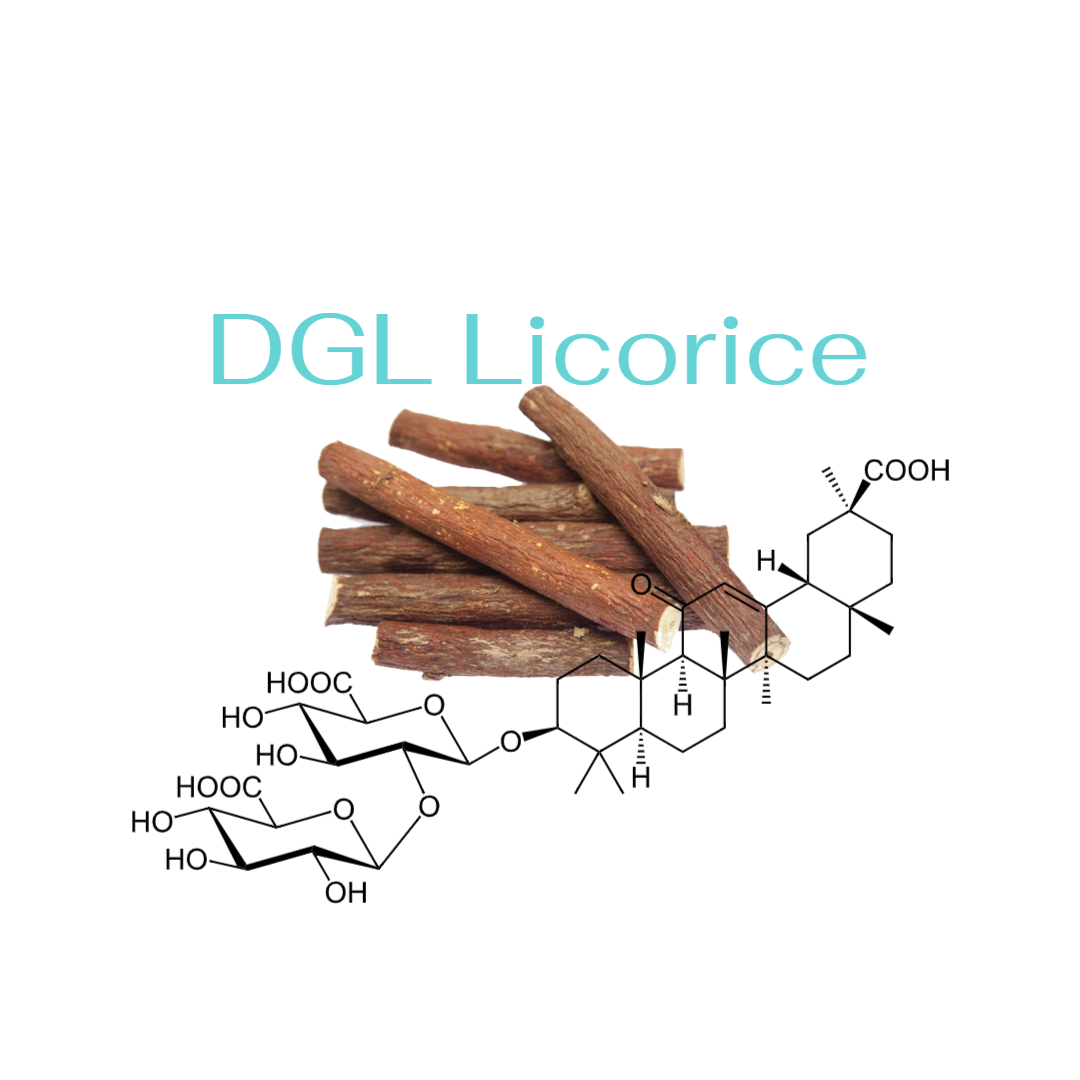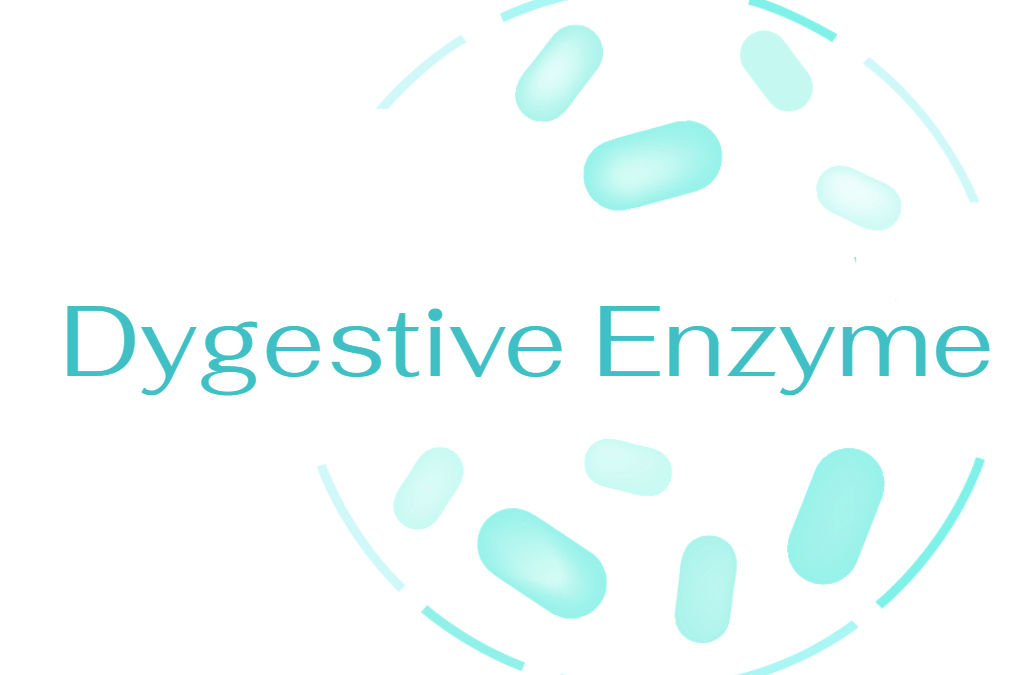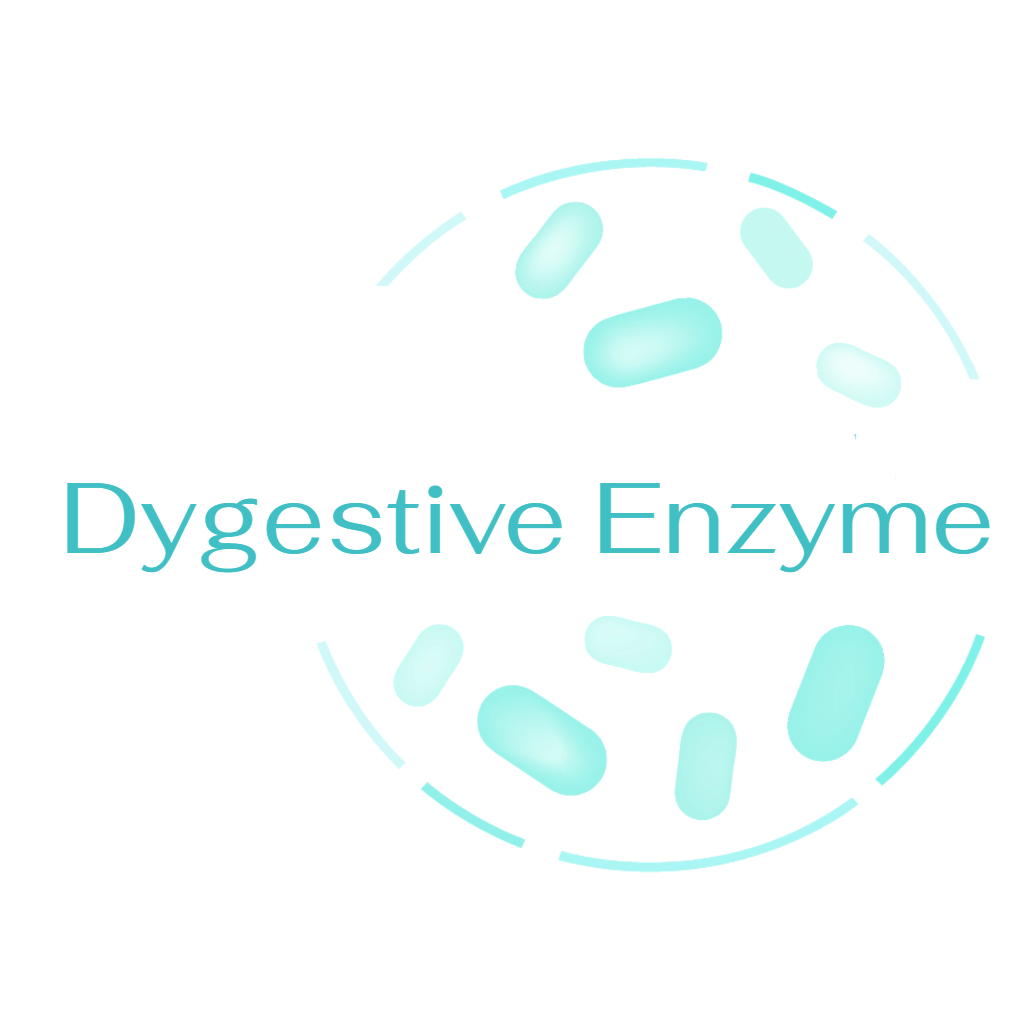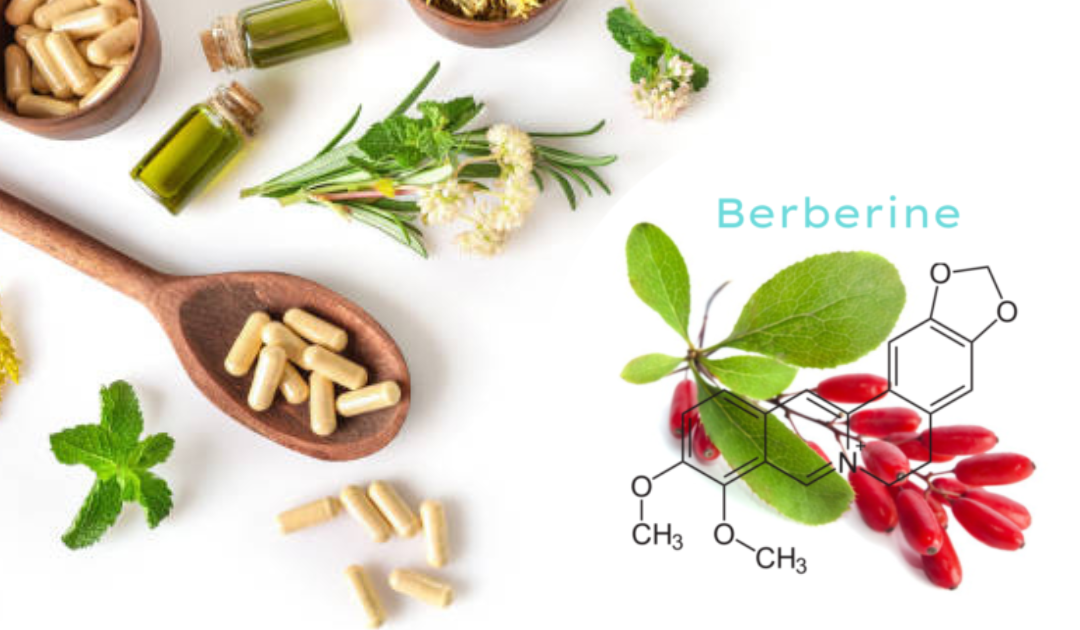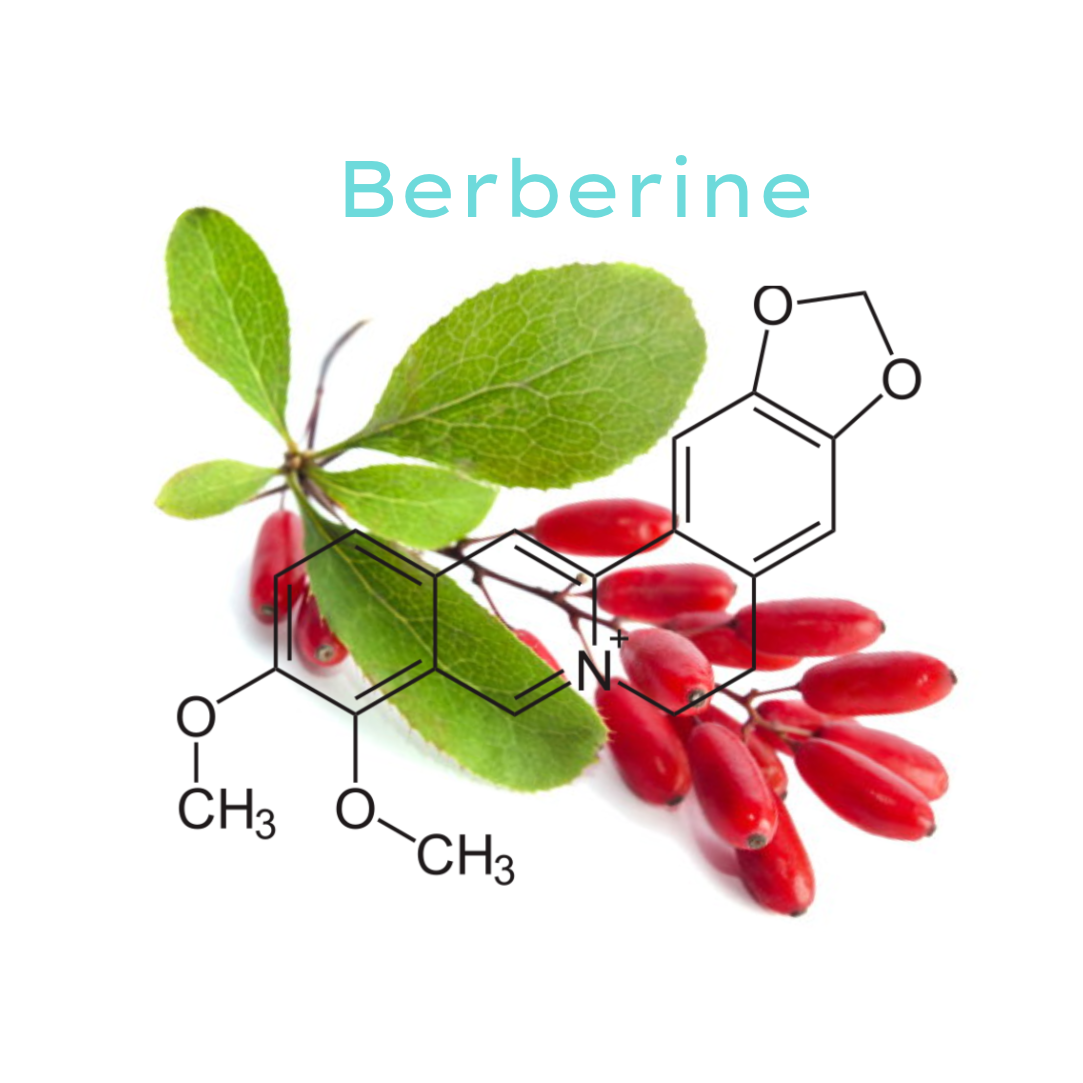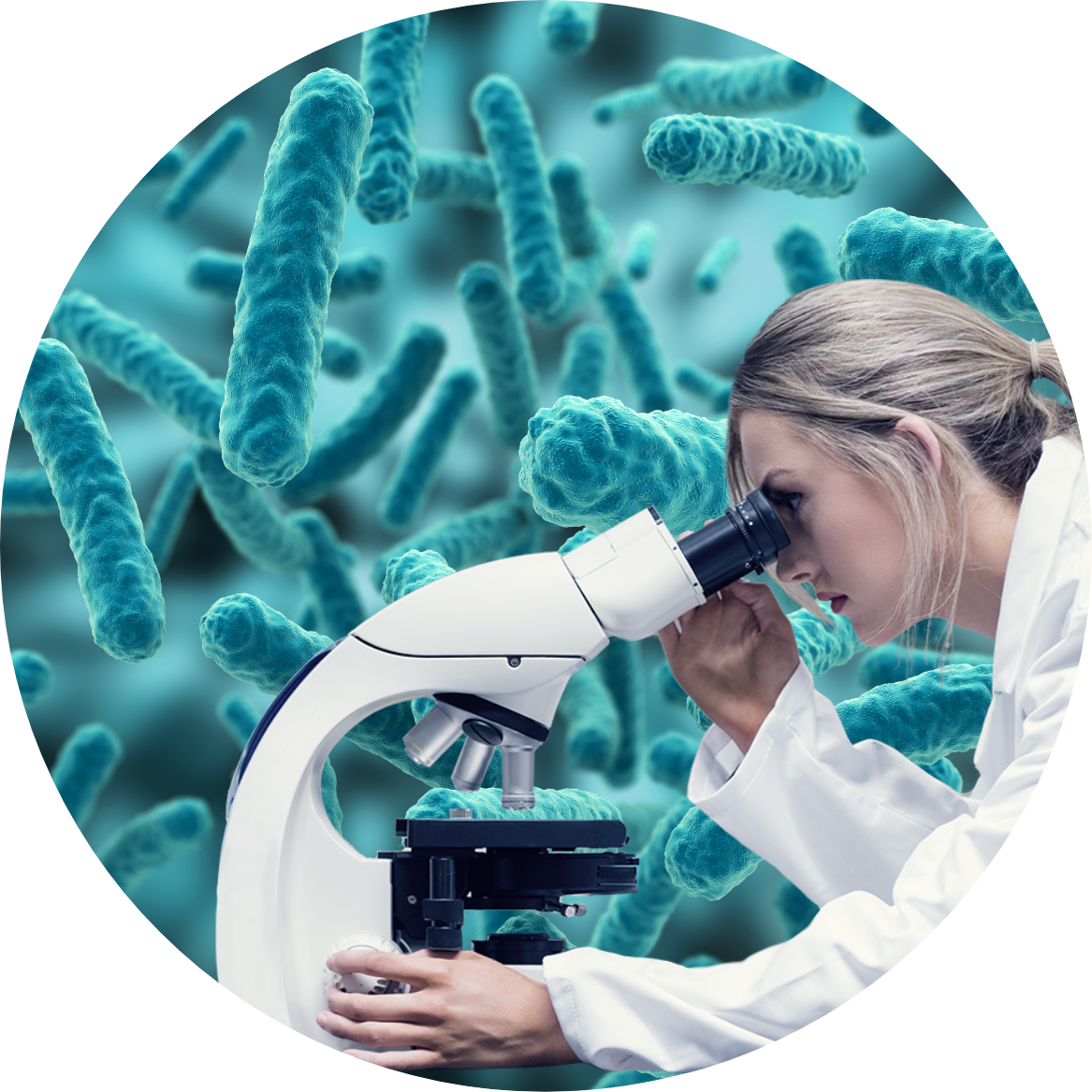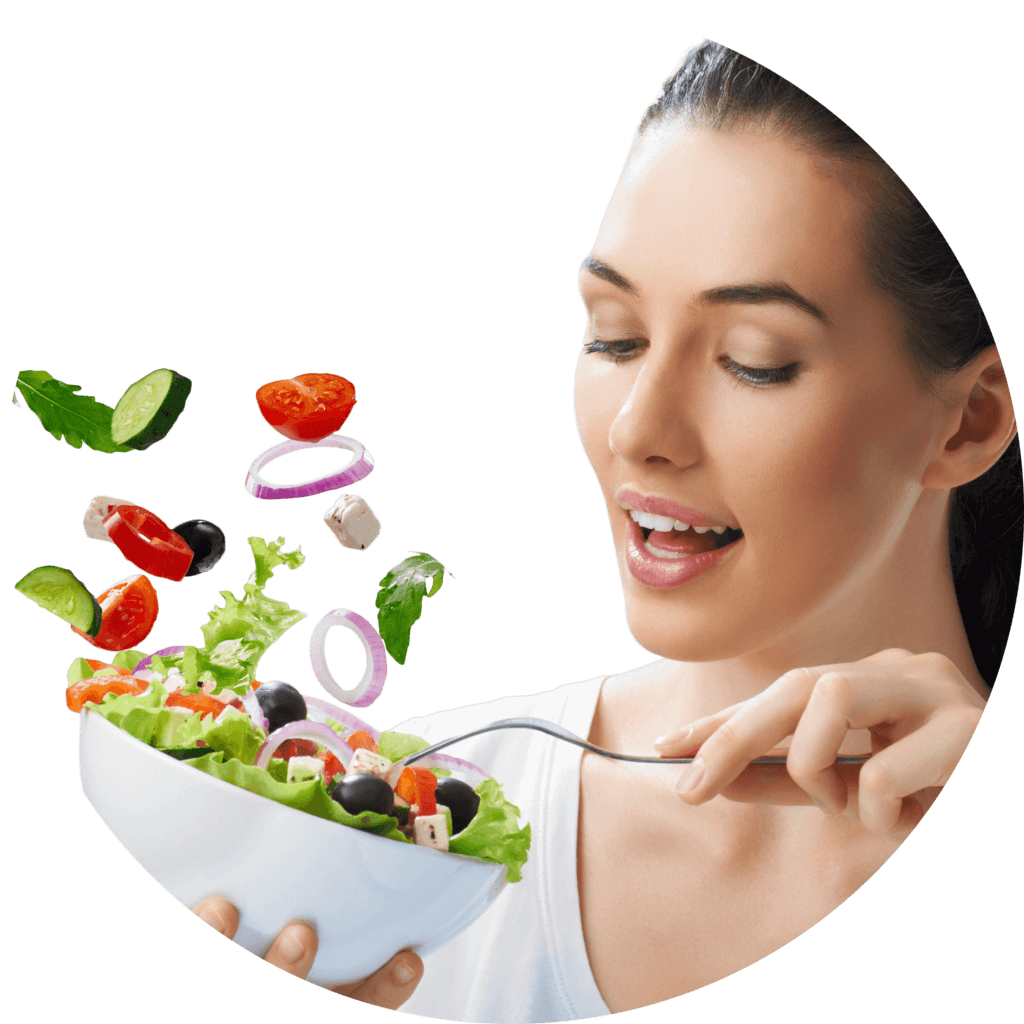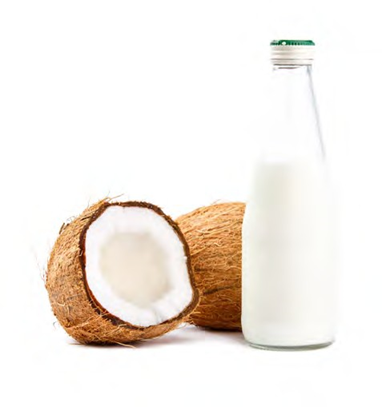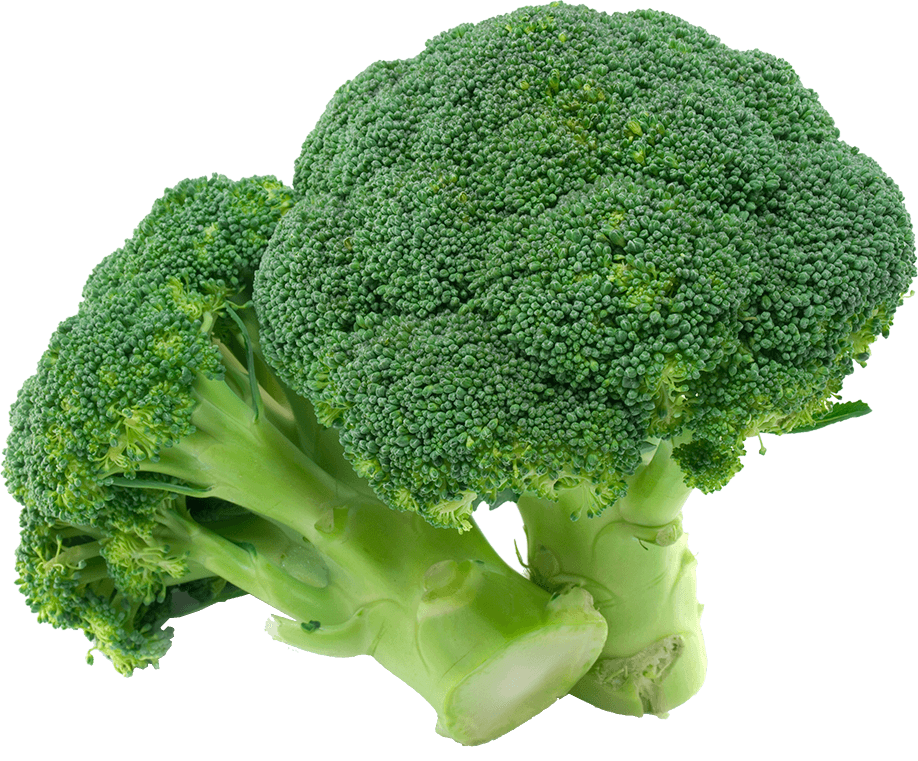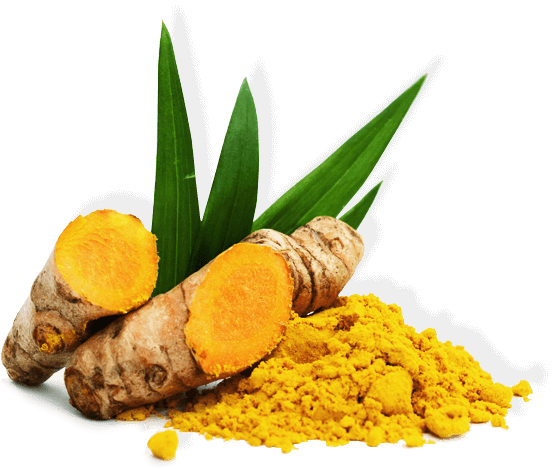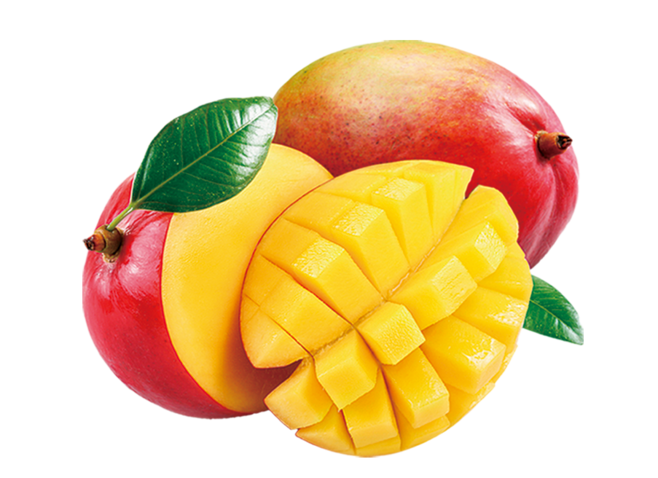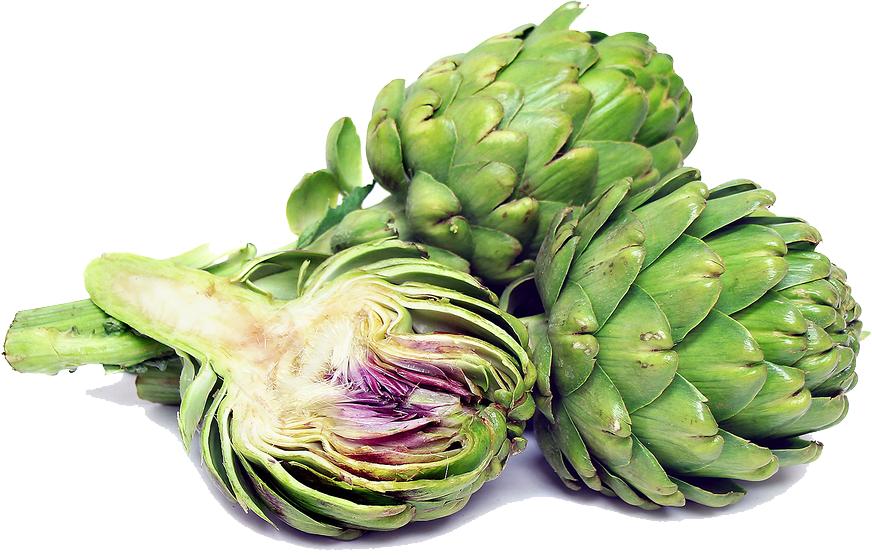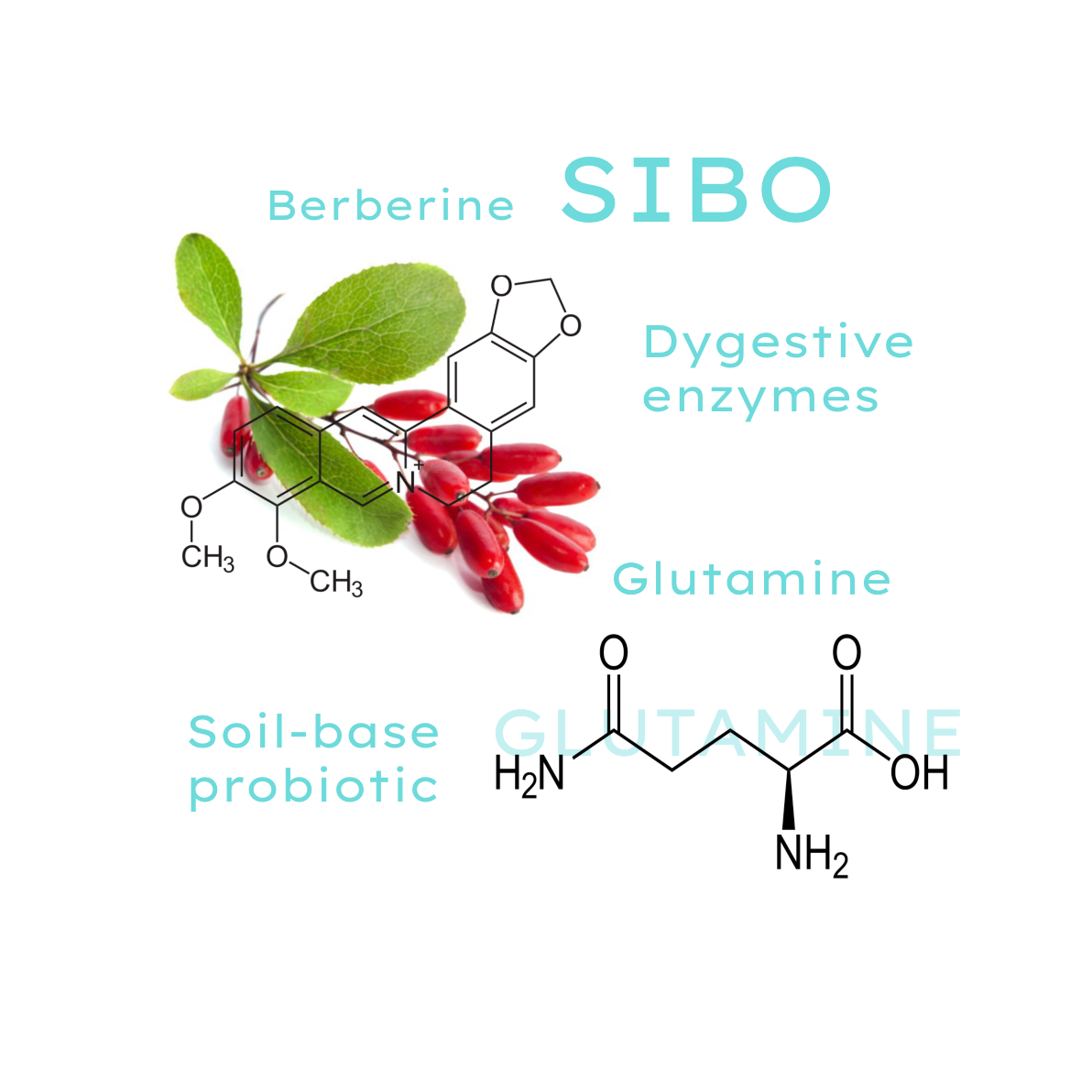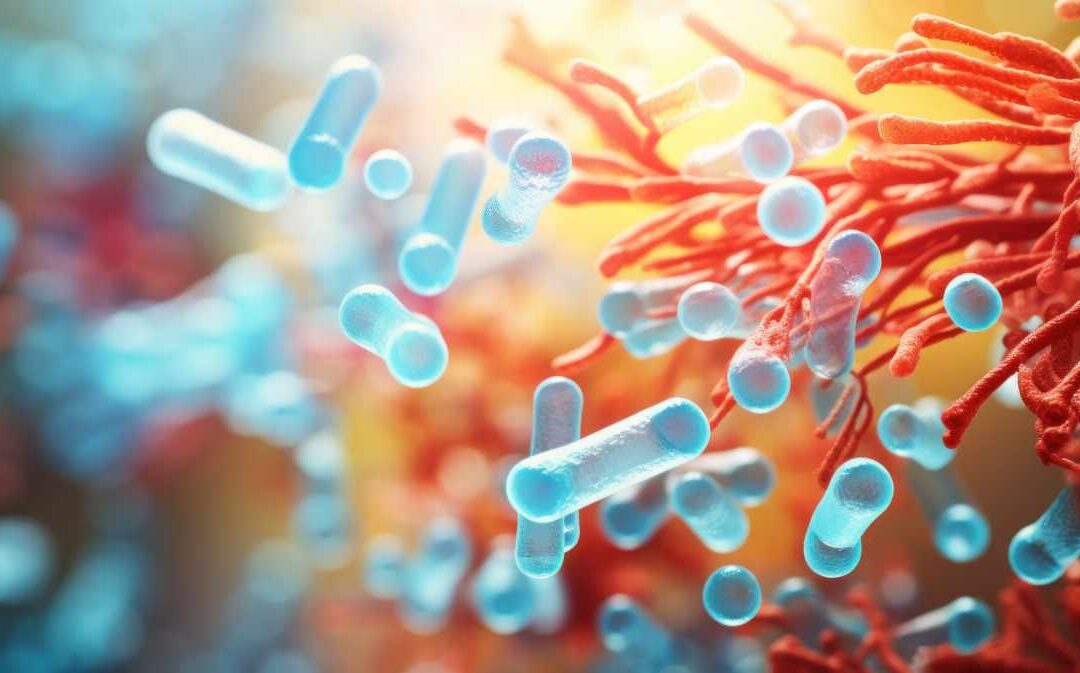
Understanding Probiotics and Gut Health: A Comprehensive Guide
The human digestive system is home to trillions of microorganisms that play crucial roles in our overall health. Understanding the delicate balance of gut bacteria and making informed decisions about probiotic supplementation is essential for optimal digestive health and nutrient absorption.
The Importance of Gut Microbiome Balance
Natural Gut Flora
The digestive system naturally hosts a complex ecosystem of microorganisms, including:
- Beneficial bacteria
- Yeasts
- Other microorganisms that support digestion
- Immune system function
Role in Nutrient Absorption
Proper bacterial balance is crucial for:
- Breaking down complex nutrients
- Synthesizing certain vitamins
- Maintaining gut barrier integrity
- Supporting immune function
Understanding Small Intestinal Bacterial Overgrowth (SIBO)
What is SIBO?
Small Intestinal Bacterial Overgrowth occurs when bacteria that normally reside in the large intestine migrate and proliferate in the small intestine, where bacterial populations should be minimal.
SIBO Complications
Excessive bacterial growth in the small intestine can lead to:
- Nutrient malabsorption
- Bloating and discomfort
- Inflammation
- Compromised gut barrier function
Probiotic Supplementation: A Double-Edged Sword
Timing and Selection
It is crucial to approach probiotic supplementation with careful consideration:
- Probiotics should typically be taken after completing antibiotic treatment
- Selection should be based on documented deficiencies through intestinal microbiome testing
- Random probiotic supplementation can be ineffective or potentially harmful
Risks of Improper Supplementation
Traditional probiotics may exacerbate certain conditions:
- Lactobacillus and Bifidobacterium species can multiply in the small intestine
- Excessive growth of even beneficial bacteria can contribute to SIBO
- Indiscriminate probiotic use may worsen existing gut imbalances
Using an inappropriate probiotic may not have any positive effects and could even harm you. Overgrowth of beneficial bacteria can lead to SIBO (Small Intestinal Bacterial Overgrowth). Lactobacillus and bifidobacterium species are commonly found in probiotics, but these bacteria can multiply in the small intestine, where they shouldn’t reside. Since most probiotics contain these strains, taking them while dealing with SIBO can worsen the condition, essentially fueling the problem.
It’s essential to understand the composition of your intestinal flora before choosing a probiotic. To reduce SIBO symptoms, soil-based probiotics are recommended. These innovative bacterial strains produce bioavailable antioxidants and riboflavin at the absorption site, supporting digestive health.
Soil-based probiotics are particularly beneficial because they don’t aggravate SIBO symptoms. Unlike other probiotics, they don’t colonize or feed bacteria in the small intestine. Instead, they multiply in the colon, which helps support overall gut health. Additionally, soil-based probiotics are known to produce riboflavin (vitamin B2), a vital nutrient that supports the digestive system and aids in the proper absorption of nutrients, further promoting gut health without worsening SIBO.
The Innovation of Soil-Based Probiotics
Advantages of Soil-Based Organisms (SBOs)
Soil-based probiotics offer unique benefits:
- Production of bioavailable antioxidants
- Generation of riboflavin at absorption sites
- Natural transit through the small intestine
- Proper colonization in the large intestine
Riboflavin Production
Riboflavin’s importance in digestive health:
- Essential nutrient for digestive system maintenance
- Supports cellular energy production
- Aids in nutrient metabolism
- Contributes to gut barrier integrity
Colonization Patterns
Soil-based probiotics demonstrate superior colonization characteristics:
- Do not colonize the small intestine
- Begin multiplication in the colon
- Avoid contributing to SIBO
- Support natural gut flora balance
Best Practices for Probiotic Implementation
Assessment and Testing
Before starting probiotics:
- Conduct comprehensive intestinal microbiome testing
- Identify specific bacterial deficiencies
- Consider current gut health status
- Consult with healthcare professionals
Monitoring and Adjustment
During probiotic supplementation:
- Track symptom changes
- Adjust dosage as needed
- Monitor for adverse reactions
- Regular reassessment of gut health
Clinical Considerations
Patient-Specific Approaches
Treatment should be tailored to individual needs:
- Consider existing health conditions
- Account for medication interactions
- Evaluate lifestyle factors
- Assess dietary patterns
Integration with Other Treatments
Probiotic therapy should be part of a comprehensive approach:
- Dietary modifications
- Stress management
- Lifestyle adjustments
- Other therapeutic interventions as needed
Conclusion
Restoring and maintaining optimal gut health requires a sophisticated understanding of the microbiome and careful selection of probiotic supplements. Soil-based probiotics represent an innovative approach for supporting digestive health, particularly in cases of SIBO or other gut imbalances. However, success depends on proper testing, selection, and implementation of probiotic therapy as part of a comprehensive treatment strategy.
References
- Quigley EMM. (2019). Gut microbiome as a clinical tool in gastrointestinal disease management: are we there yet? Nature Reviews Gastroenterology & Hepatology, 14(5), 315-320.
- Sanders ME, et al. (2019). Probiotics and prebiotics in intestinal health and disease: from biology to the clinic. Nature Reviews Gastroenterology & Hepatology, 16(10), 605-616.
- Leblhuber F, et al. (2018). Probiotics in the Treatment of Depression: Science or Fiction? Nutrients, 10(6), 752.
- Zmora N, et al. (2018). Personalized Gut Mucosal Colonization Resistance to Empiric Probiotics Is Associated with Unique Host and Microbiome Features. Cell, 174(6), 1388-1405.
- Rao SSC, et al. (2018). Small Intestinal Bacterial Overgrowth: Clinical Features and Therapeutic Management. Clinical Gastroenterology and Hepatology, 16(6), 823-832.



